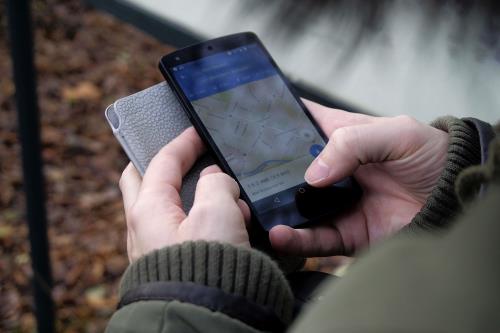Predictive: “Ride-Sharing Solution” for Marketing
- Everyone’s favorite analogy for disruptive technology today is ride-sharing companies like Uber and Lyft
- When high-powered analytics are applied to complex logistical problems for which there are available resources, great things can happen
- Predictive analytics is a better way to arrive at solutions that would otherwise require excessive resources – just like ride-sharing
For almost two years, we have been writing about the various ways that predictive analytics can be used in B2B marketing. Beginning with predictive lead scoring, the list has recently graduated to a suite of eight viable use cases where predictive analytics can provide better answers to a host of gnarly B2B problems.

Predictive lead scoring was the first application on the list for two reasons: First, lead scoring through marketing automation was already very common in B2B. Second, most lead scoring in B2B – while better than no scoring at all – was not well perceived by marketing or sales. There was room to improve, and the means to do it – due to the increasing amounts of data available on buyers and their behaviors, as well as experts in multivariate statistical techniques required to build models.
But as our recent Core Strategy Report on applying predictive analytics demonstrated, the data that describes prospect behaviors and attributes – plus a plethora of experts in the use of multivariate statistical techniques and the software to run them – has made it possible to apply predictive analytics to a huge variety of issues within B2B. And here is where the analogy to ride-sharing is most helpful. The practice began as a better way to connect people who had cars (and time on their hands) to people who needed to get somewhere by car but lacked one. Car owners get extra value from existing assets. People get where they need to go without waiting on and paying for taxis (not to mention figuring out tipping). And as it turns out, you can apply the very same principle to moving packages across town on demand, moving dinner from restaurant to table on demand, and virtually any other logistical issue that involves organizing existing resources to accomplish a task that is in demand.
Think of predictive analytics and vendors as the drivers who have data about your buyers, with analytics engines that can figure out how the combination of their data plus yours contains valuable information that can answer virtually any important question you might have about your prospects and customers – from who is likely to buy to who is likely to become an advocate.
Predictive providers know this, and the rapid expansion of their offerings attests to this, but the expansion is certainly far from finished. Today, B2B leaders from product design to sales should be consulting with experts in predictive analytics (whether in-house data scientists and statisticians or vendors) to determine how predictive can begin to improve the decisions their organizations are making.